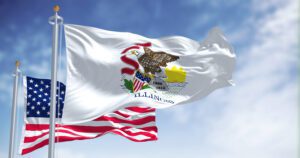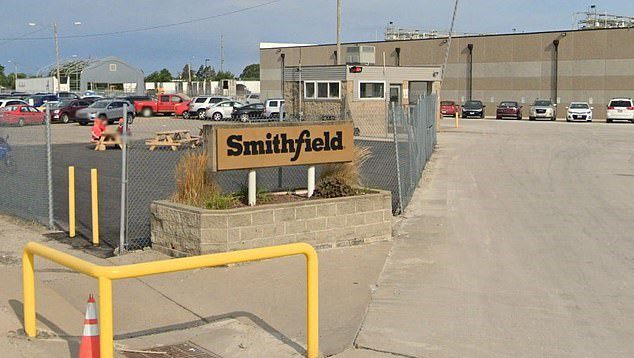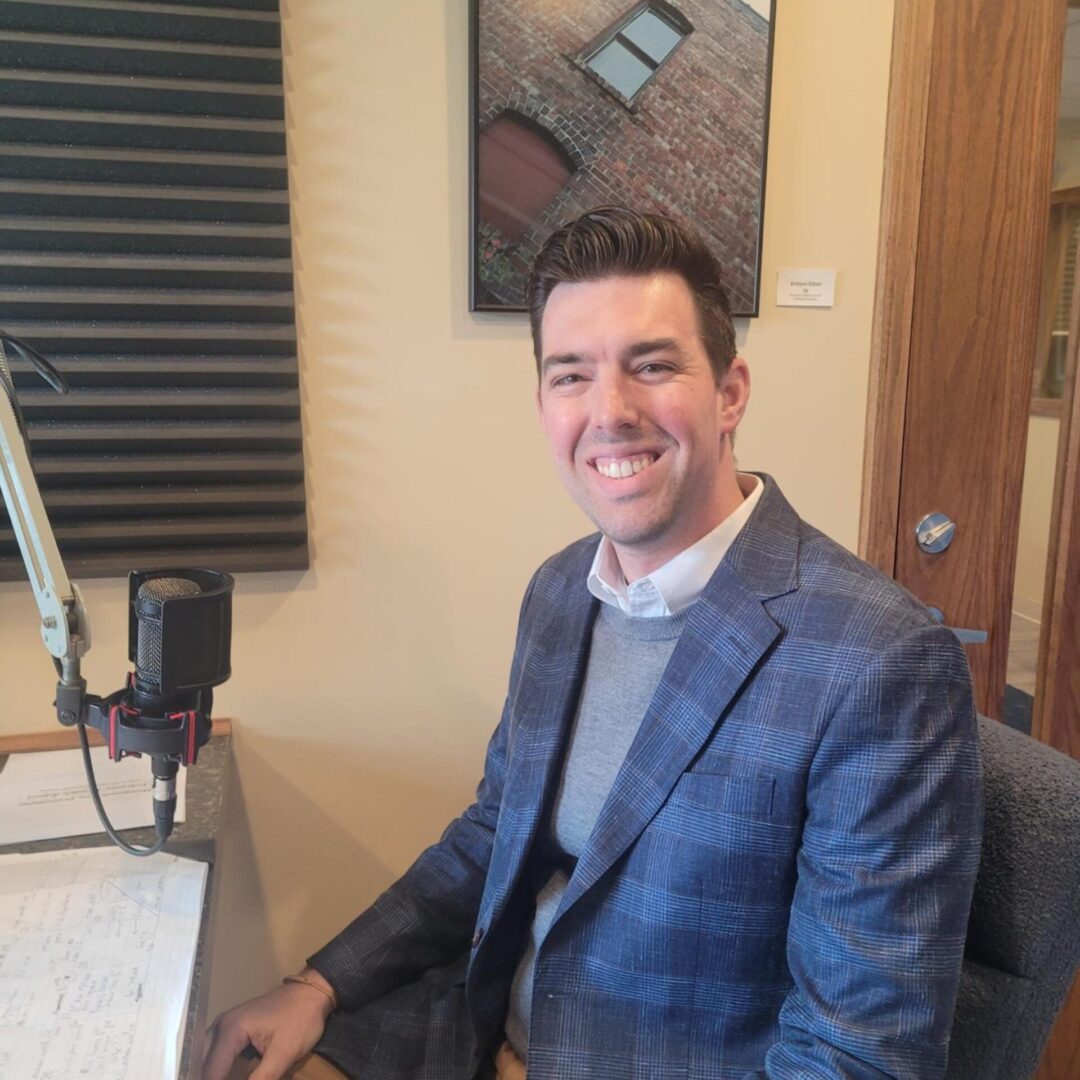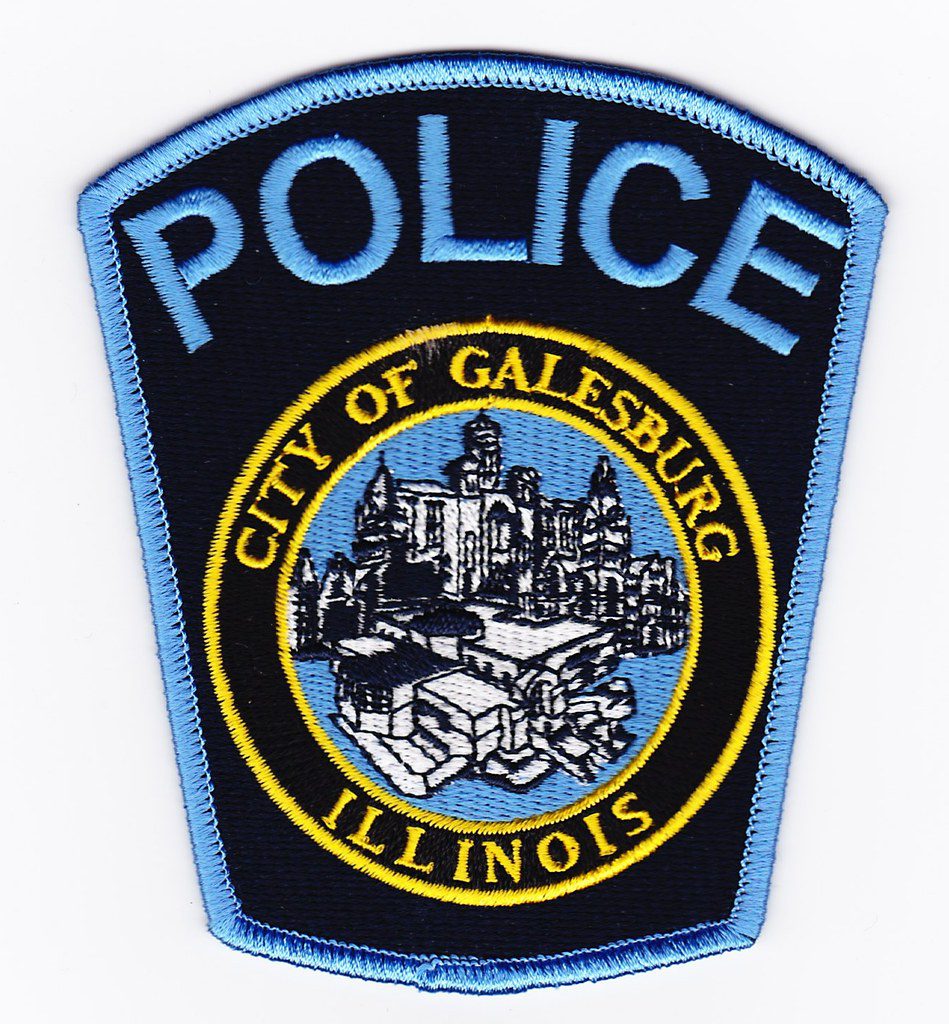Governor Pritzker and Illinois Department of Public Health (IDPH) Director Dr. Ngozi Ezike today announced a metrics-based, vaccination-informed framework for Illinois to advance to Phase 5 of the state’s Restore Illinois Plan, our new normal. In recognition of an increasing national vaccine supply and the state now averaging 100,000 vaccine administrations per day, Governor Pritzker also announced that all Illinois residents age 16+ will be eligible for the COVID-19 vaccine starting April 12th, with additional announcements to come about populations who will be made eligible prior to universal eligibility.
Currently, every region of the state is in Phase 4 of the five-phase Restore Illinois mitigation plan, with Phase 5 comprising a post-pandemic normalcy as detailed here. The newly announced metrics offer Illinois a bridge between the state’s current Phase 4 restrictions and the “new normal” operations of Phase 5. This “Bridge Phase” will serve as a transition period with higher capacity limits and increased business operations, without prematurely embracing a reckless reopening before the majority of Illinoisans have been vaccinated. All regions of the state will move through the Bridge Phase and ultimately to Phase 5, together. The state’s mask mandate will continue in accordance with current CDC guidance.
“COVID-19 has not gone away, but the light we can see at the end of the tunnel is getting brighter and brighter as more people get vaccinated,” said Governor JB Pritzker. “It’s time to begin to cautiously move toward normalcy, and it’s imperative that we do so in a way that maintains all the progress we’ve made to date. With projections from the Biden Administration indicating that weekly vaccine deliveries to Illinois will surpass one million doses in April, it is fully in our power to turn the page on this dark and devastating chapter even as we race a tough clock: the new variants. I invite all Illinoisans to join me in wearing your mask and getting vaccinated when it’s your turn. Step by step, we can get out of this the same we came into it – together.”
“We want and need to move forward, but we must be measured and cautious in the approach,” said IDPH Director Dr. Ngozi Ezike. “Rather than flipping a switch and saying we’re now in Phase 5, we’re looking at it more like a dial – dialing back some of the capacity restrictions that helped reduce transmission, and ultimately the number of new cases, hospitalizations, and deaths. We don’t want to move too quickly and risk a significant reversal of our progress.”
“We are proud to have worked alongside IDPH and our industry partners to craft guidelines that will allow a safe return for some of the biggest economic drivers in our state,” said Sylvia Garcia, Acting Director of the Department of Commerce and Economic Opportunity (DCEO). “This measured approach to reopening under Governor Pritzker’s Restore Illinois plan will help support a sustained economic recovery for our businesses and communities.”
METRICS AND GUIDELINES
As Illinois moves towards our new normal, the administration is outlining clear metrics that will allow the state to continue progressing in the battle against COVID-19 without sacrificing the gains made over the last twelve months.
The bridge to Phase 5 allows for higher capacity limits at places like museums, zoos and spectator events as well as increased business operations. As with all mitigations the administration has implemented to combat the virus to date, the Bridge Phase is based on science and was developed by health experts.
To advance into the Bridge Phase, the entire state must reach a 70% first dose vaccination rate for residents 65 and over, maintain a 20% or lower ICU bed availability rate and hold steady on COVID-19 and COVID-like illness hospital admissions, mortality rate, and case rate over a 28-day monitoring period. To advance to Phase 5, the state must reach a 50% vaccination rate for residents age 16 and over and meet the same metrics and rates required to enter the transition phase, over an additional 28-day period.
To prevent a large increase in new COVID-19 cases, Illinois will revert back to an earlier phase if over the course of 10 days the state experiences an increasing trend in COVID-19 and COVID-like illness hospital admissions, a decrease in ICU bed availability, an increase in the mortality rate, and an increasing case rate.
In an update to current Phase 4 mitigations and the capacity limits of the bridge to Phase 5, individuals with proof of full vaccination or a negative COVID-19 test (PCR) 1-3 days prior to an event or outing do not count against capacity limits. The mitigation plan announced today also includes additional adjustments to current Phase 4 mitigations, made in coordination with business leaders and health experts, to ensure mitigations reflect the latest science and are consistent across industries.
As regulations are rolled back gradually in the weeks ahead, Illinoisans should continue practicing the public health guidelines that have kept us safe during the pandemic, including wearing face coverings and maintaining social distance.
“Today’s announcement provides what retailers across Illinois have been seeking: a clear path forward to a full re-opening that will help stem the devastation the pandemic has inflicted on the industry. This will also help bring some financial stability to state and local governments that rely on the vital revenue stream retail generates. With the expanding availability of vaccines – including those offered at hundreds of retail pharmacy locations across Illinois – we are hopeful the pathway toward a full re-opening will be a short one,” said Rob Karr, President and CEO, Illinois Retail Merchants Association.
“The plan outlined by Governor Pritzker is a step in the right direction, and we appreciate him understanding the need for a roadmap to allow hotels and convention centers to hold larger meetings and events,” said Michael Jacobson, President and CEO, Illinois Hotel & Lodging Association. “This underscores the importance of providing clarity to event planners, supports our shared goal of getting people back to work safely, and illustrates why the Governor’s announcement reflects his desire to serve as the chief marketing officer for the state.”
“While we still have a long way to go, today’s announcement is an important step towards recovery,” said Sam Toia, President and CEO, Illinois Restaurant Association. “We have urged Governor Pritzker to set a path to allow for expanded events with extensive safety measures in place, and this pragmatic approach to loosening restrictions will greatly enhance business opportunities for restaurants, event companies, conventions, and culinary tourism — all of which are critical to Illinois’ economic engine.”
COVID-19 VACCINE AVAILABILITY
Since the COVID-19 vaccine was first made available in Illinois last December, the state has administered over 4.3 million doses. Through partnerships with local health departments, pharmacies, community health centers and other care providers, the state is currently administering an average of 100,000 vaccines each day. So far, the state has administered the COVID-19 vaccine to more than 1 in 4 Illinois adults over the age of 16, including over 58% of Illinoisans ages 65 and over.
Since coming into office two months ago, the Biden Administration has taken the weekly vaccine distribution to states from 8.6 million when it came into office to over 16 million this week. Back in December, the first shipment that came into Illinois was about 109,000 doses. This week, including the federal government’s allocations for pharmacy partners, community health centers, the United Center and the City of Chicago, more than 800,000 doses were delivered to Illinois. Based on current projections, the state expects that number to surpass one million doses a week in April.
Thanks to an increased allocation of vaccine doses from the federal government, all Illinois residents will be eligible to receive the vaccine beginning April 12th. At that date, all state-supported mass vaccination sites, local health departments, pharmacy partners – in short, every jurisdiction that receives vaccine from the State of Illinois’ allocation – will be instructed to move to widespread eligibility.
Currently, all vaccines are administered by appointment only. While vaccine eligibility is expanding on April 12th, making an appointment to receive a shot may take time. Information regarding vaccination locations as well as details on how to book an appointment to receive the vaccine can be found at the state’s COVID website, coronavirus.illinois.gov. Residents who don’t have access to or need assistance navigating online services can call the toll-free IDPH hotline at 833-621-1284 to book an appointment. The hotline is open 7 days a week from 6am to midnight with agents available in English and Spanish.
Illinoisans who are not currently eligible to receive the vaccine cannot schedule an appointment for a future date. Residents are encouraged to be patient in the days and weeks following April 12th as vaccination appointments may be limited.
To date, the FDA has authorized the Pfizer/BioNTech COVID-19 vaccine for use in 16- and 17-year-olds as well as adults. The Johnson & Johnson and Moderna COVID-19 vaccines are currently FDA authorized for use in those 18 and older.















